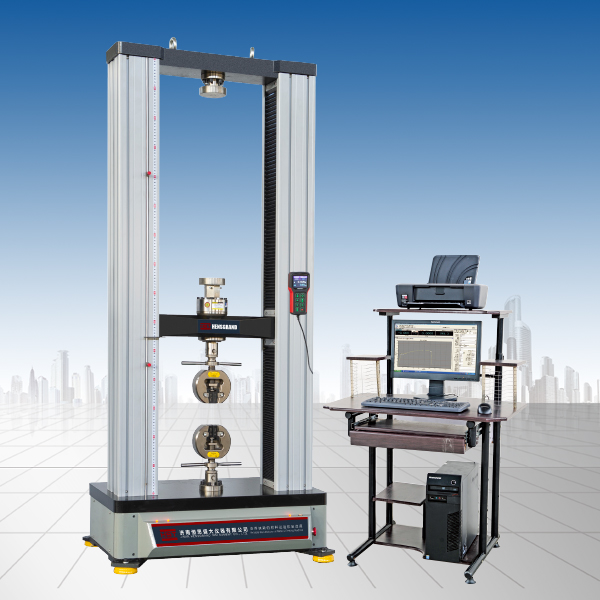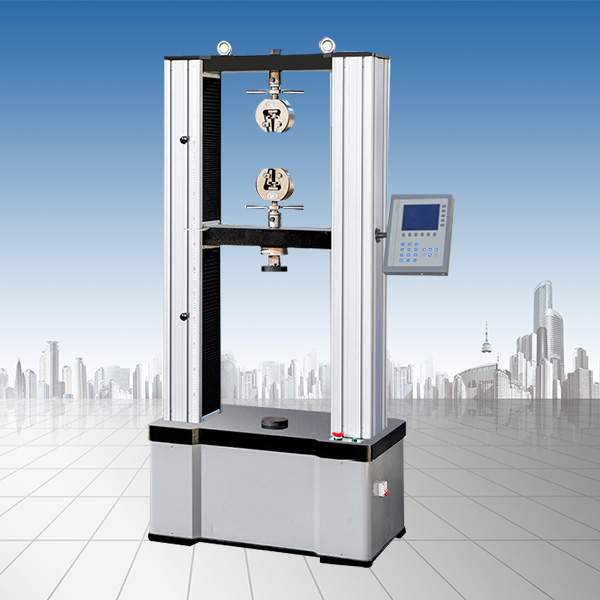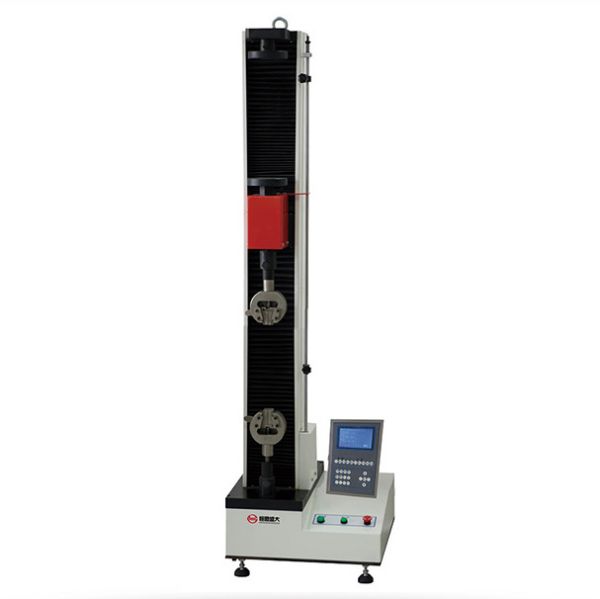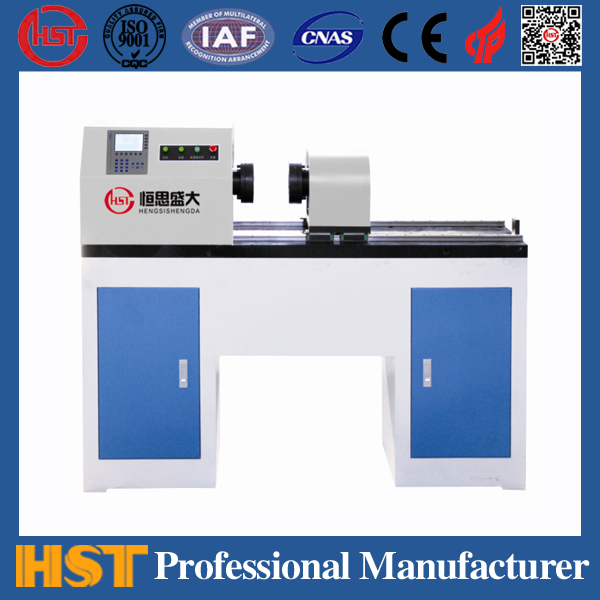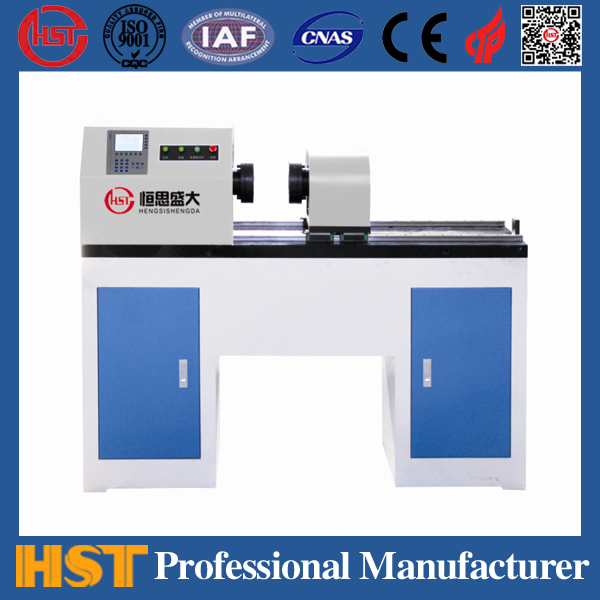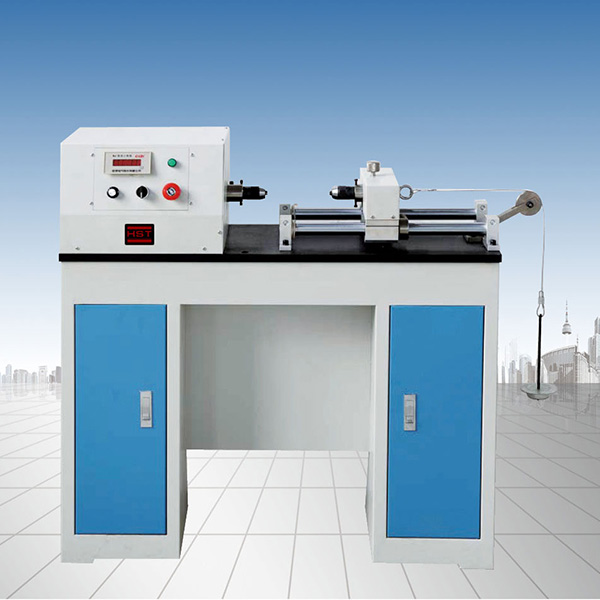News
Impact tester fault and troubleshooting method
Release time:2022-07-08 source:Jinan Hengsi Shanda Instrument Co., Ltd. Browse:
becauseImpact testing machineIt is widely used in the testing and testing of metal industries such as towers. During the use, some problems often affect the work. Therefore, we must learn to summarize and discover problems while maintaining the impact test machine in real time. In this way, we can ensure the normal use of the test machine and not delay the company's development progress.
Common fault 1:
The dial pointer has poor sensitivity, and it stops in the middle after unloading, or the zero position often changes. The causes of this phenomenon are multifaceted.
1. The pulleys and tracks on the tooth rods are too dusty and rusted. At this time, you need to remove and clean it, and add a little watch oil.
2. The pointer rotation shaft is dirty and should be cleaned.
3. If there is contact between the tooth rod tablet and the tooth rod, it should be loosened.
4. If the buffer oil return condition is poor, it should be adjusted or cleaned.
5. The belt on the force-testing piston is falling off or too loose (makes the piston unable to operate at a constant speed).
6. If the friction force of the force-testing piston increases or gets stuck in the oil cylinder, use chromium oxide grinding paste to grind until it is normal.
7. There are obstacles during the lifting process of the pendulum, or the pendulum shaft is too dirty or rusted, causing the pointer to return to zero and change greatly.
Common fault 2:
During tensile test, the sample fracture is always broken on both sides. The reason for this phenomenon should first consider whether the installation of the main body part of the test machine is vertical. If this reason is excluded, then it will be excluded from the following three aspects.
1. If the jaws are not placed in a straight position when clamping, the jaws should be clamped symmetrically as required.
2. The jaws are of poor quality and damage to the teeth. In addition to affecting the jaws, the sample is slipped during the test, making it difficult to identify the yield point. The jaws should be replaced at this time. 3. The lifting guide wheel is not adjusted properly, so that the upper and lower jaws are not centered. A test rod should be processed, and after the upper and lower jaws are tightened, use a dial gauge to measure with two force columns until the adjustment is qualified.
Common faults three:
The pendulum position is abnormal, and the swing rod is not marked vertically.
The main reason is that the oil has too much viscosity or the oil is too dirty. Exclusion method: Replace oil with appropriate viscosity. The force measuring piston rotates with great friction or does not rotate. Troubleshooting method: Check whether the impact tester is level and troubleshoot the force-testing piston. There is unstable friction. Exclusion method: Clean the swing shaft bearing, tooth rod, pointer, and lug, adjust the level of the test machine to reduce the existing unstable friction.
Common faults:
The hammer returns to the position abnormally, sometimes fast and sometimes slow.
Normally, just rotate the buffer to the appropriate position. However, if the oil hole of the buffer is blocked, or the steel ball of the buffer valve has a stolen property with the inlet contact part or the gap is too large, the buffer will fail. The solution is to clean the buffer valve and adjust the gap between the steel ball and the valve seat to about 0.5mm. Place the oil needle knob to reduce the gap between the oil needle and the valve body, and relist the mark of the A.B.C weight. Also, when the temperature has a great influence, the oil can be replaced appropriately.
Common faults:
The passive needle cannot stop well in any position and does not coincide with the main needle.
The removal method is to remove the dial glass, adjust the passive needle spring screw, and adjust the pointer to coincide with the main needle.
Common faults six:
When loading, the oil circuit system will have serious oil leakage or the oil pipe will be broken.
First, check whether the joints of the oil circuit system are tightened. If you need to replace the gasket, replace it in time. If the oil pipe is broken, then the oil pipe with higher strength needs to be replaced. In addition, you must observe whether the oil supply valve and relief valve piston are pressed to death or are installed in reverse.
Common faults seven:
After the sample breaks, the pendulum quickly falls back, causing an impact.
The main reason is that the buffer fails. In addition to adjusting according to conventional rules, you should also consider whether the oil is too thin and dirty.
- Previous article:Structure and troubleshooting of high and low temperature boxes
- Next article:Test method for rock wool shear strength
Recommended productsPRODUCTS


















